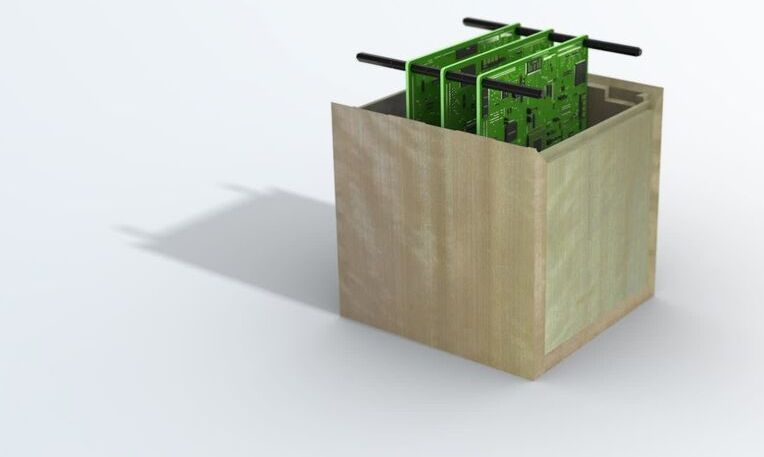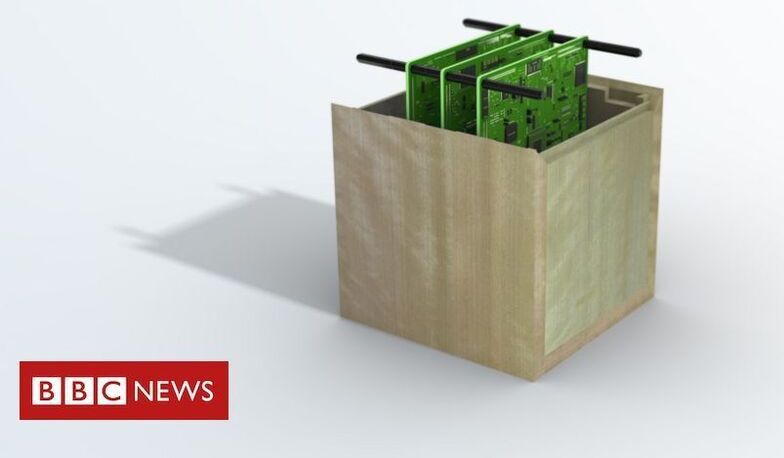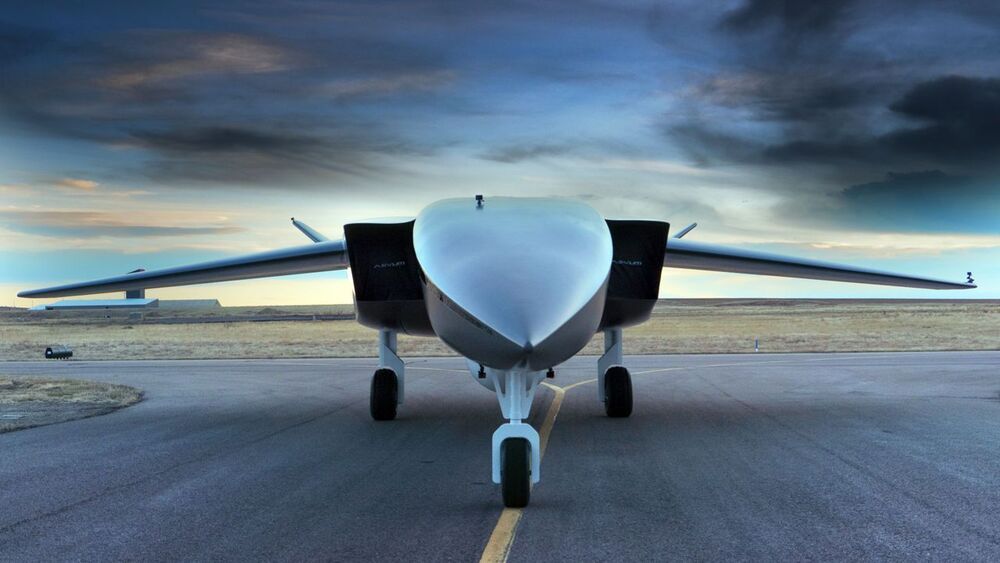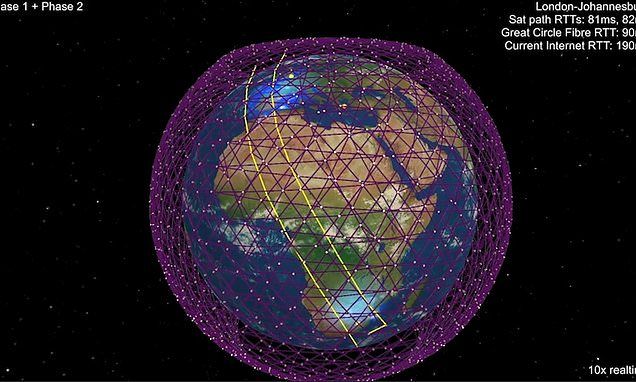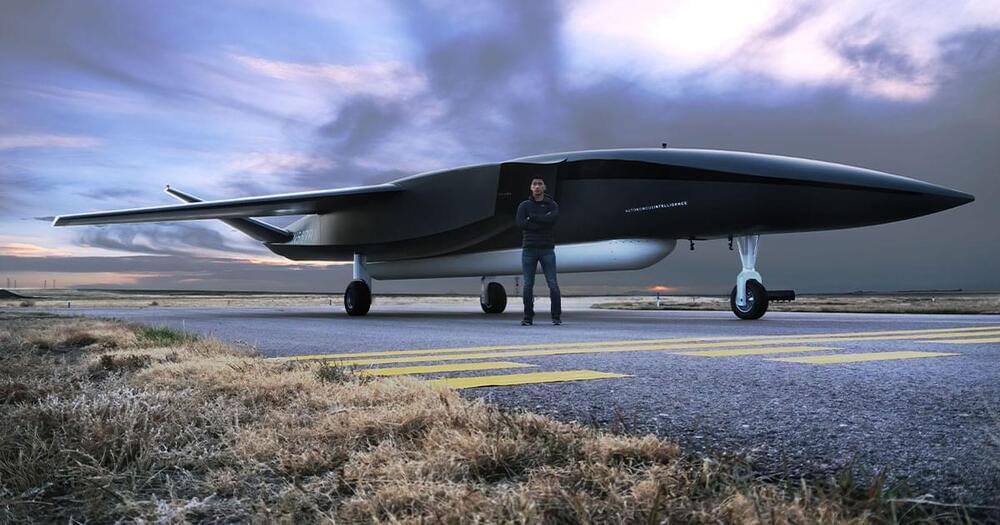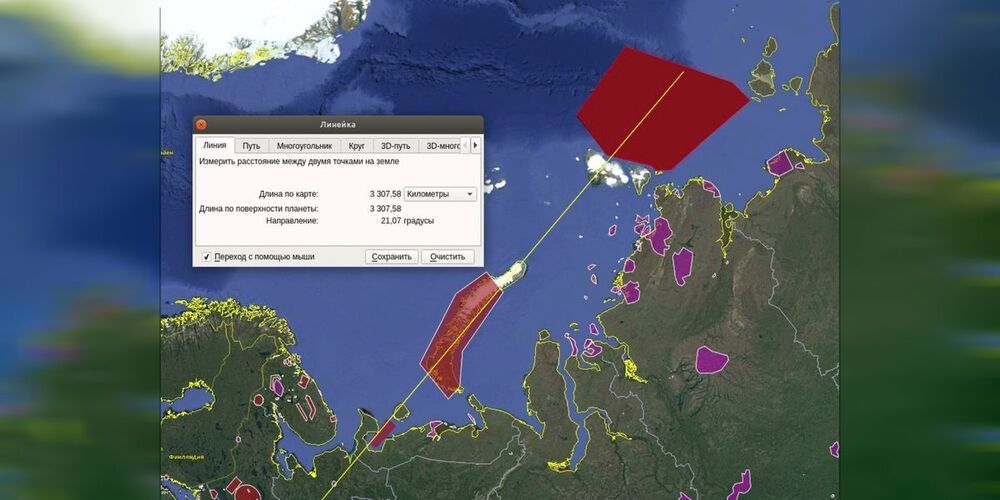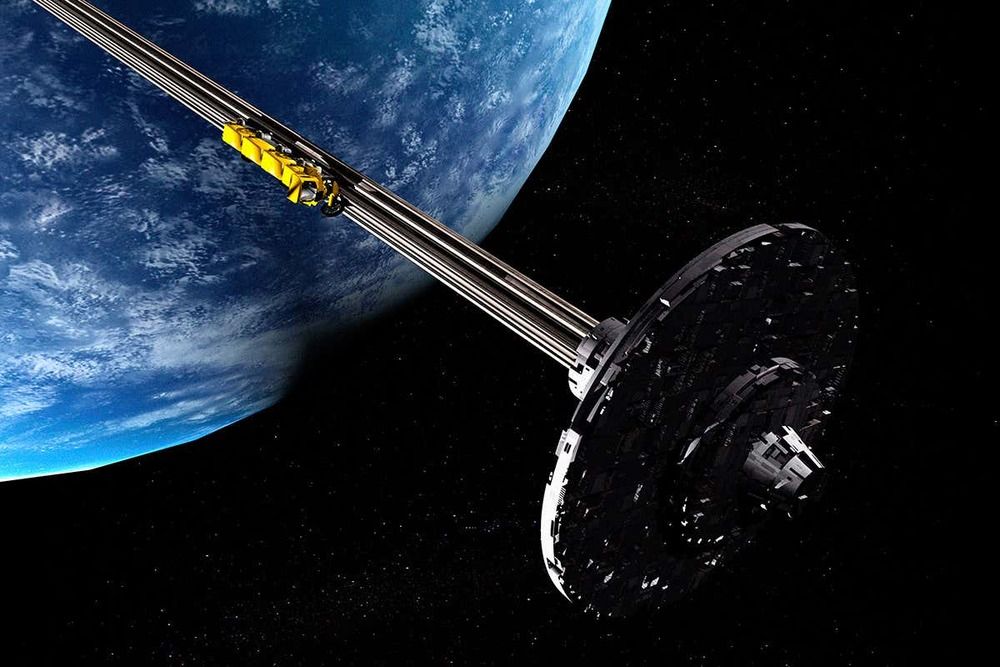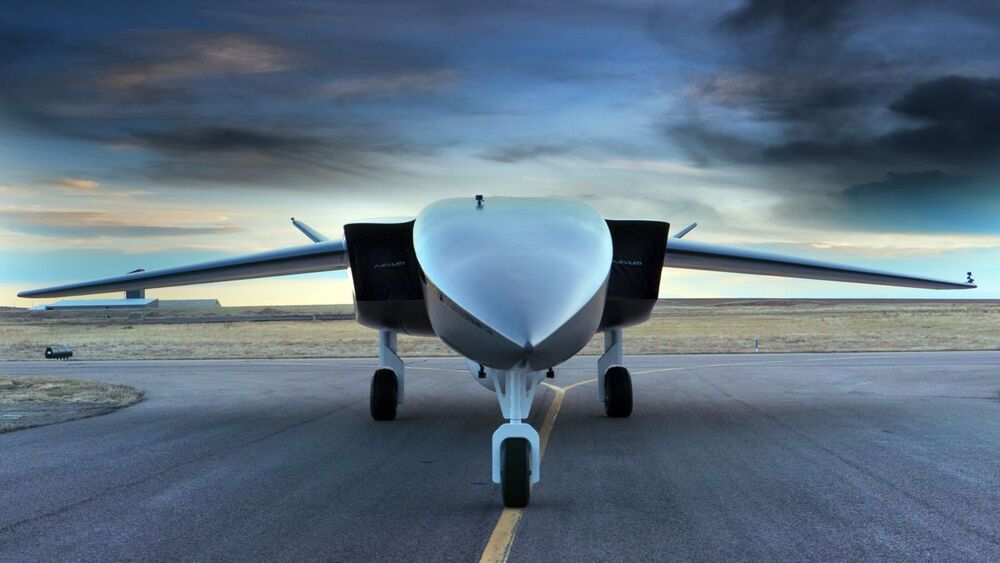Japanese company Sumitomo Forestry has announced a joint development project with Kyoto University to test the idea of using wood as a component in satellite construction. As part of the announcement, officials with Sumitomo Forestry told reporters that work on the project will begin with experiments designed to test different types of wood in extreme environments.
Some of the major components in most satellites include aluminum, Kevlar and aluminum alloys, which are able to withstand both temperature extremes and constant bombardment by radiation—all in a vacuum. Unfortunately, these characteristics also allow satellites to remain in orbit long after their usefulness has ended, resulting in constant additions to the space junk orbiting the planet. According to the World Economic Forum, there are currently approximately 6000 satellites circling the Earth but only 60% of them are still in use. Some in the field have predicted that nearly 1000 satellites will be launched into space each year over the coming decade. Considering their lifespan, this suggests there could be thousands more dead satellites orbiting the planet in the coming years. This space debris poses a significant threat to other satellites (they all travel thousands of miles per hour) and also to manned space missions.
